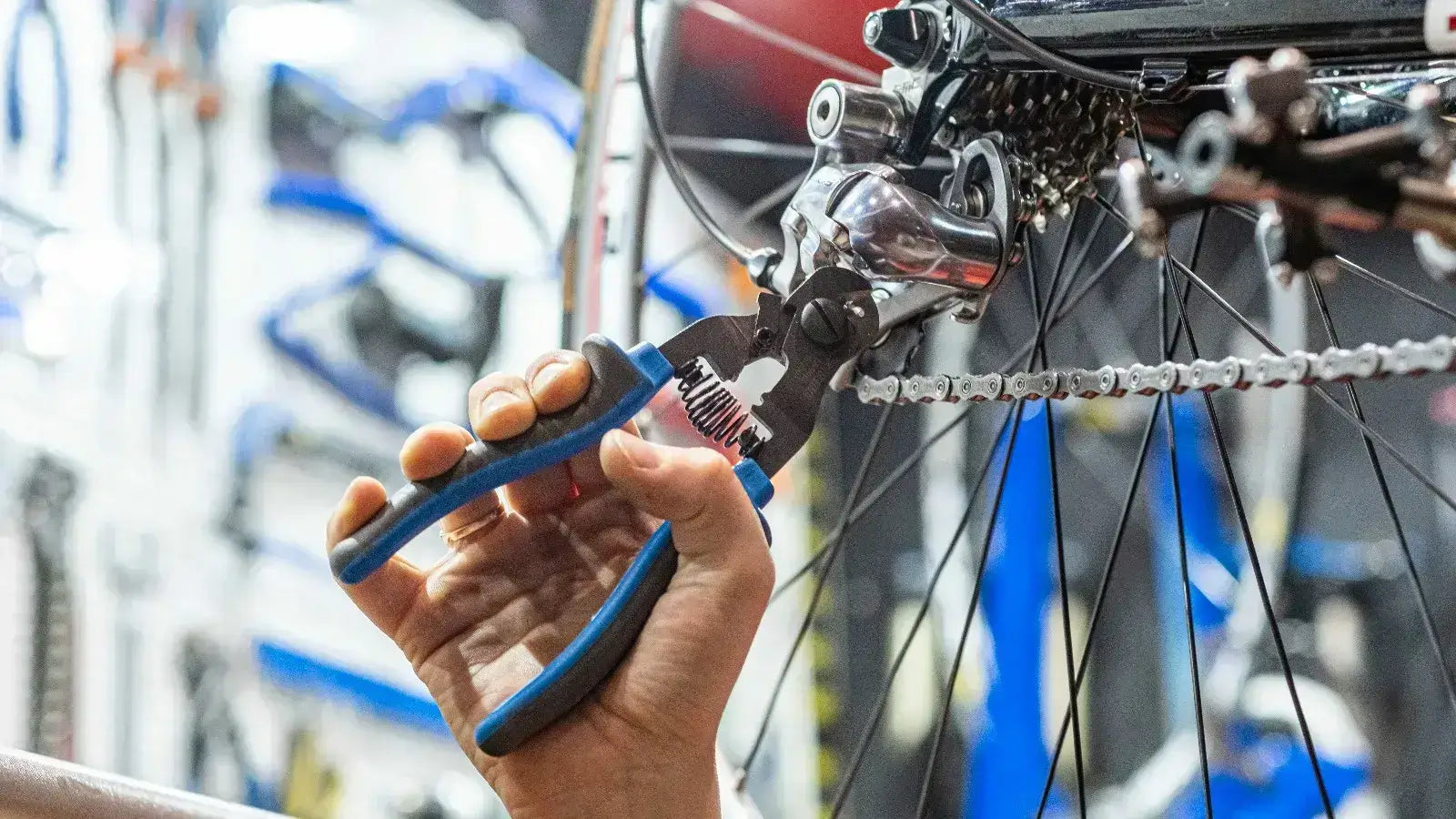
How to Repair Electric Bike: DIY Guide for Beginners
You Can Fix More Than You Think
When your electric bike stops working, you feel frustrated and worried about expensive repairs. The electrical system might look scary, which makes many people think they need a professional for any repair job.
But that's not always true. Many common e-bike problems are easy to find and fix with basic tools and the right knowledge. You don't need to be an electrical engineer to get your bike working again.
This guide will help you learn the important safety checks, the tools you need, and simple steps to fix basic problems. We'll also teach you the most important skill: knowing when a problem is too hard to fix yourself and you need to call a professional. Let's start learning how to repair electric bike issues on your own.
Safety First: Rules You Must Follow
Before you touch any tool, you need to learn about safety. Working on an electric bike means dealing with a powerful electrical system that can hurt you if you're not careful.
The most important rule is simple: always disconnect the power first. Before you start any work, take the battery out of the bike completely. This one step prevents electric shock and stops the motor from turning on while you work, which could cause serious injury. Set up your work area properly. You need a clean, bright, and dry space to work safely and effectively.
Always wear safety gear like gloves to protect your hands and safety glasses to protect your eyes from dirt or cleaning products. Handle the battery with extra care because lithium-ion batteries are powerful and can catch fire if you damage them.
Never try to open the battery's protective case under any circumstances. If you think the battery is damaged, stop working and ask a professional for help.
Following these steps matches essential e-bike safety standards that prevent electrical dangers.
| Do's | Don'ts |
|---|---|
| Always remove the battery first. | Never work with the battery connected. |
| Wear gloves and safety glasses. | Never attempt to open the battery casing. |
| Use a bike stand for stability. | Never use high-pressure water near electronics. |
| Work in a clean, dry, well-lit area. | Don't proceed if you are unsure or uncomfortable. |
Your Beginner's E-Bike Toolkit
You don't need expensive professional tools to fix most basic e-bike problems. A small set of the right tools will help you handle about 80% of common issues you might face.
Most tools you need are standard for any bicycle, but one electronic device will make diagnosing e-bike problems much easier.
| Tool | Why You Need It | Pro Tip |
|---|---|---|
| Allen Wrench Set (Hex Keys) | The most common tool for tightening or loosening bolts on your stem, handlebars, seat post, and accessories. | A Y-wrench with 4, 5, and 6mm sizes is comfortable to use and covers the most common bolts. |
| Tire Levers & Patch Kit | For removing the tire to fix a flat. E-bike flats are common due to the extra weight. | Plastic levers are less likely to damage your wheel's rim than metal ones. |
| Bike Pump with Gauge | To maintain proper tire pressure, which is critical for range and flat prevention on an e-bike. | Get a floor pump for home use. It's much easier and faster than a small hand pump. |
| Chain Lube & Rags | To keep your drivetrain running smoothly and prevent premature wear and rust. | Use a bike-specific lube. "Dry" lube is for dry conditions, and "wet" lube is for wet conditions. |
| Phillips & Flathead Screwdrivers | For adjusting derailleur limits, tightening small accessory screws, or opening some controller casings. | A multi-bit screwdriver saves space and ensures you always have the right size. |
The one e-bike specific tool you absolutely need is a simple multimeter. This device helps you check electrical problems by testing voltage and confirming whether parts like your charger or battery actually work.
They cost very little and are easy to use, plus they eliminate guesswork when you repair electric bike issues. We once spent an hour trying to fix a dead bike, only to find the charger was broken - a 30-second multimeter test could have told us that right away.
The Pre-Ride Checkup
The best way to repair an electric bike is to prevent problems before they happen. Doing a quick check before each ride can save you from getting stuck far from home.
We call this the "2-Minute Pre-Flight Check," and it's a habit that keeps you safe and catches small problems before they become big ones. This routine is based on the "ABC Quick Check," a practice recommended by cycling experts for all bikes but focuses on e-bike parts too.
A for Air: Squeeze your tires to make sure they feel firm, not soft. Properly filled tires are very important for e-bikes because they directly affect your battery's range and prevent flat tires.
In fact, soft tires are one of the main causes of both reduced battery range and annoying roadside flats. Check the side of your tire for the recommended pressure (PSI) range.
B for Brakes: Squeeze both brake levers hard to make sure they feel solid and stop well before they touch the handlebar. Look at the brake pads to see if the braking material looks worn down.
Good brakes are essential for controlling the higher speeds and weight of an e-bike. 3. C for Chain & Connections: Look at your chain to see if it looks shiny and clean, or rusty and dry.
A dry chain will wear out your expensive parts quickly. Then, quickly check the main electrical wire connections, especially the one from the motor, to make sure nothing looks unplugged, loose, or out of place.
The Problem-Solving Guide
When your e-bike has a problem, the key is to find the cause step by step instead of guessing. This guide will help you work through the most common symptoms, starting with the easiest solutions first.
This is the heart of learning how to repair electric bike problems yourself.
Problem 1: The E-Bike is Completely Dead (No Power)
When you press the power button and nothing happens, it might seem scary, but the fix is often very simple.
Step 1: Check the Basic Things. We know it sounds obvious, but start here first.
Is the battery fully charged? Most chargers have a light that turns green when charging is done. Is the battery properly seated in the frame? Remove it and put it back in, listening for a solid "click" to make sure it's locked in place. Finally, check that the display's power button and its connecting wire are secure.
Step 2: Test the Charger.
If the bike still won't turn on, the next thing to check is the charger. Let's use our multimeter by setting it to DC Voltage. A healthy 48V charger should read slightly above its rating, usually around 54.6V, when plugged into the wall but not connected to the bike. If your multimeter reads 0V or a number much lower than expected, the charger is broken, not the bike.
Step 3: Test the Battery. If the charger works, the final step is to test the battery itself.
With the battery removed from the bike, carefully touch the multimeter probes to the battery's main output terminals where it connects to the bike. A fully charged 48V battery should read around 54.6V, and even a "dead" one should read above 42V. If it reads 0V or a very low number, the battery's internal protection may have failed, and you need professional help.
Problem 2: Motor Isn't Helping or is Stuttering
If the display turns on but you get no help from the motor, the issue is likely with the sensors that tell the motor when to work.
Step 1: Check the Simple Things. Are you in a pedal-assist level above zero?
Have you recently bumped or pulled the brake levers? Many e-bikes have safety sensors in the brake levers that turn off power to the motor when the brakes are even slightly pressed. Make sure the levers are fully released.
Step 2: Look at the Sensors.
Find the speed sensor, which is usually a small sensor on the bike's frame with a matching magnet attached to one of the wheel's spokes. If the magnet has been knocked out of place and is too far from the sensor, the motor won't work. Next, find the pedal-assist sensor (PAS), which is a ring of magnets and a sensor located near the pedals on the crank. Make sure it's clean and free of dirt.
Step 3: Check Motor Connections. The main wire that goes to the hub motor often has problems.
Look at it carefully for any signs of damage, and make sure its connection point (often a large plug with multiple pins) is tightly secured.
Problem 3: An Error Code Shows on the Display
An error code is your bike's way of telling you exactly what's wrong. The most important rule is: don't ignore it.
Your user manual is the best place to start because it will have a list of error codes and what they mean. If you've lost the manual, search Google for "[Your Bike Brand] error code [the number shown]" and you'll almost always find the answer.
Understanding Your E-Bike Parts
To fix problems well, it helps to understand the basic parts of your e-bike's electrical system. You don't need to be an expert, but knowing what each part does will make finding problems much easier.
Think of your e-bike's electrical system like a human body. The Battery (The Heart): This provides power for the entire system.
It stores and delivers the energy needed to run the motor and all the electronics. The Controller (The Brain): Usually hidden in a box somewhere on the frame, the controller is like a computer.
It takes signals from you (through the display and sensors) and tells the motor exactly how much power to deliver and when. The Motor (The Muscles): Located in the hub of one of the wheels or near the pedals (mid-drive), the motor changes electrical energy from the battery into the physical force that helps you pedal.

The Display & Controls (The Command Center): Located on your handlebars, this is how you control the bike. It's where you turn the bike on, select your assist level, and see information like speed, battery life, and error codes.
The Sensors (The Nerves): This network of sensors includes brake lever cutoffs, the pedal-assist sensor (PAS), and the wheel speed sensor, which send important information to the controller.
Here's the key idea for any beginner: Most electrical problems on an e-bike happen where these parts connect to each other. A loose, dirty, or damaged connection breaks the circuit and stops the flow of information or power, just like turning off a light switch.
Know Your Limits
Learning what you can do is great, but knowing what you shouldn't do is even more important. While this guide will help you solve many common problems, there's nothing wrong with getting professional help.
A good e-bike mechanic has special tools and experience that are very valuable for complex problems. Knowing when to stop a DIY repair protects both you and your bike. You should immediately stop and call a professional for any of these "Red Flag" situations:
Any problem you think is inside the sealed battery case or motor hub. Never try to open these parts because they are complex, and the battery can be dangerous if you mess with it. Physical damage to the bike's frame, such as cracks, deep dents, or bends. A damaged frame is a serious safety risk.
Electrical problems that continue after you have carefully checked all outside connections, tested the charger, and checked the battery voltage. This often means there's a problem with the controller.
Any repair that makes you feel uncomfortable or that is beyond your current skill level. Trust your feelings because a bad repair can be far more expensive and dangerous than a professional service visit.
Frequently Asked Questions
Q: How often should I perform the pre-ride checkup on my e-bike?
A: You should do the 2-minute pre-flight check before every ride. This simple routine helps catch small problems before they become big, expensive ones and keeps you safe on the road.
Q: Can I use regular bike tools to repair electric bike components?
A: Yes, most repairs use standard bike tools like allen wrenches, tire levers, and screwdrivers. The only special tool you need is a multimeter for checking electrical problems, and these are cheap and easy to use.
Q: What should I do if my e-bike battery won't charge?
A: First, test your charger with a multimeter to make sure it's working properly. If the charger is good, check the battery connections for dirt or damage. If the battery still won't charge after these checks, contact a professional because the problem is likely inside the battery.
Q: Is it safe to ride my e-bike in the rain after doing repairs?
A: E-bikes are designed to handle normal rain, but make sure all electrical connections are properly sealed after any repair. Never ride if you've exposed any electrical components to water during your repair work. Let everything dry completely first.
Q: How do I know if a problem is too complex for DIY repair?
A: Stop and call a professional if the problem involves opening sealed components like the battery or motor, if there's frame damage, if electrical issues continue after basic troubleshooting, or if you feel uncomfortable with any part of the repair process.




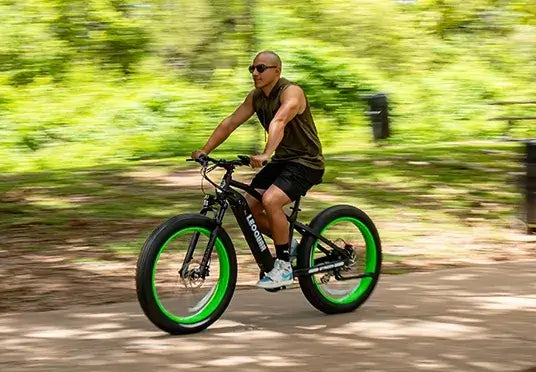
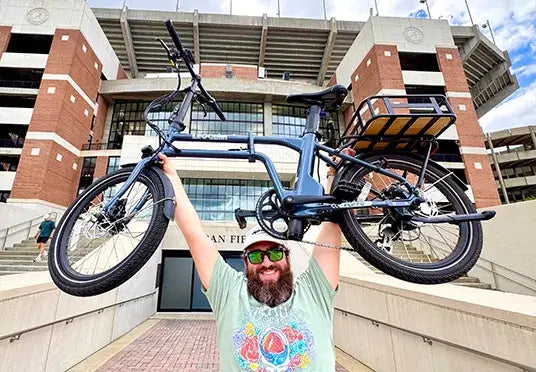
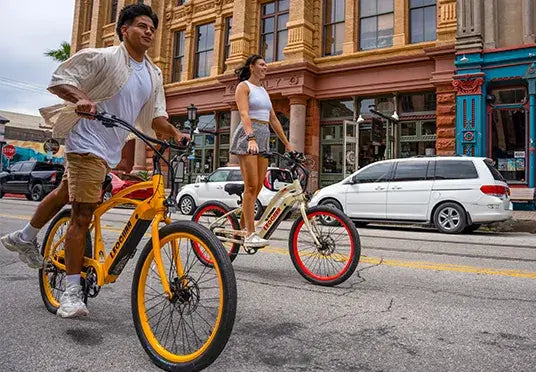

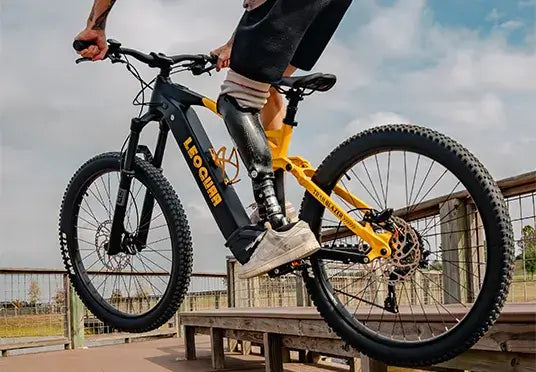
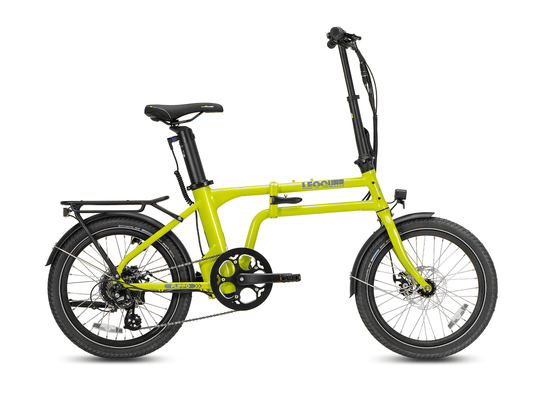
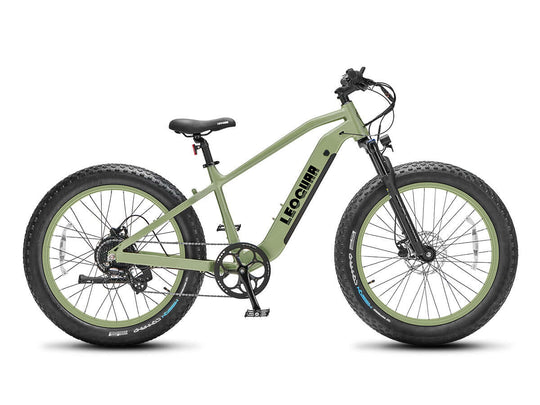
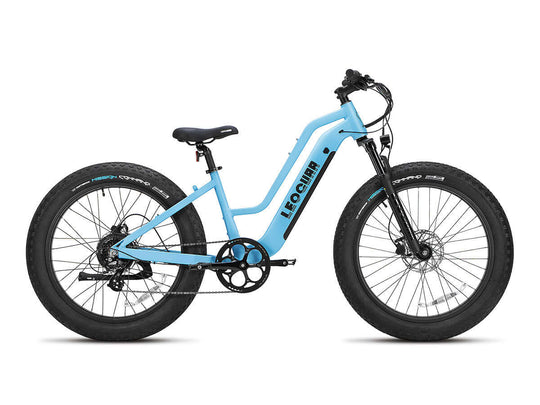
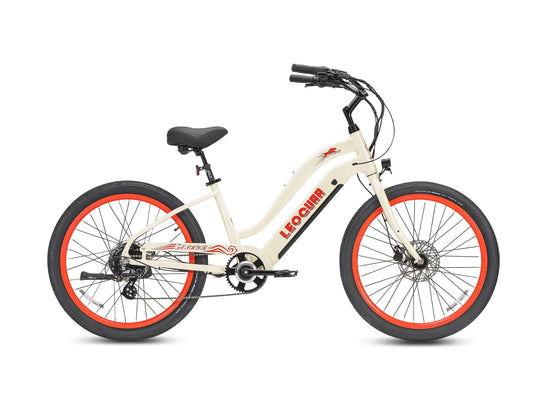
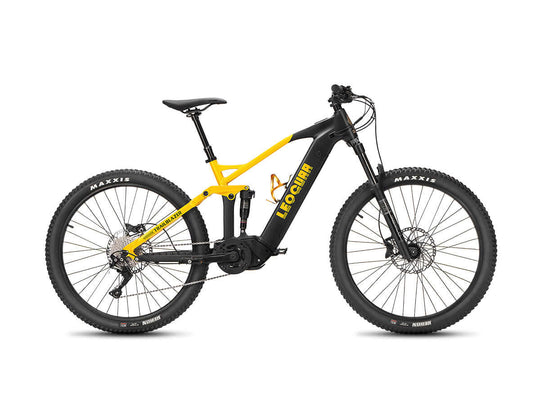
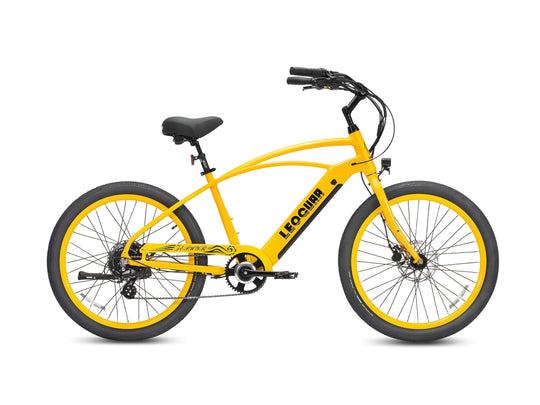
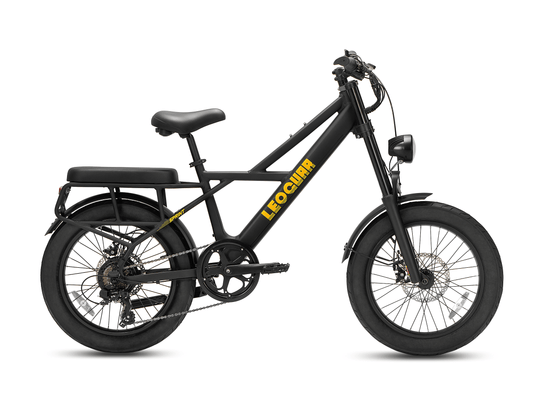
















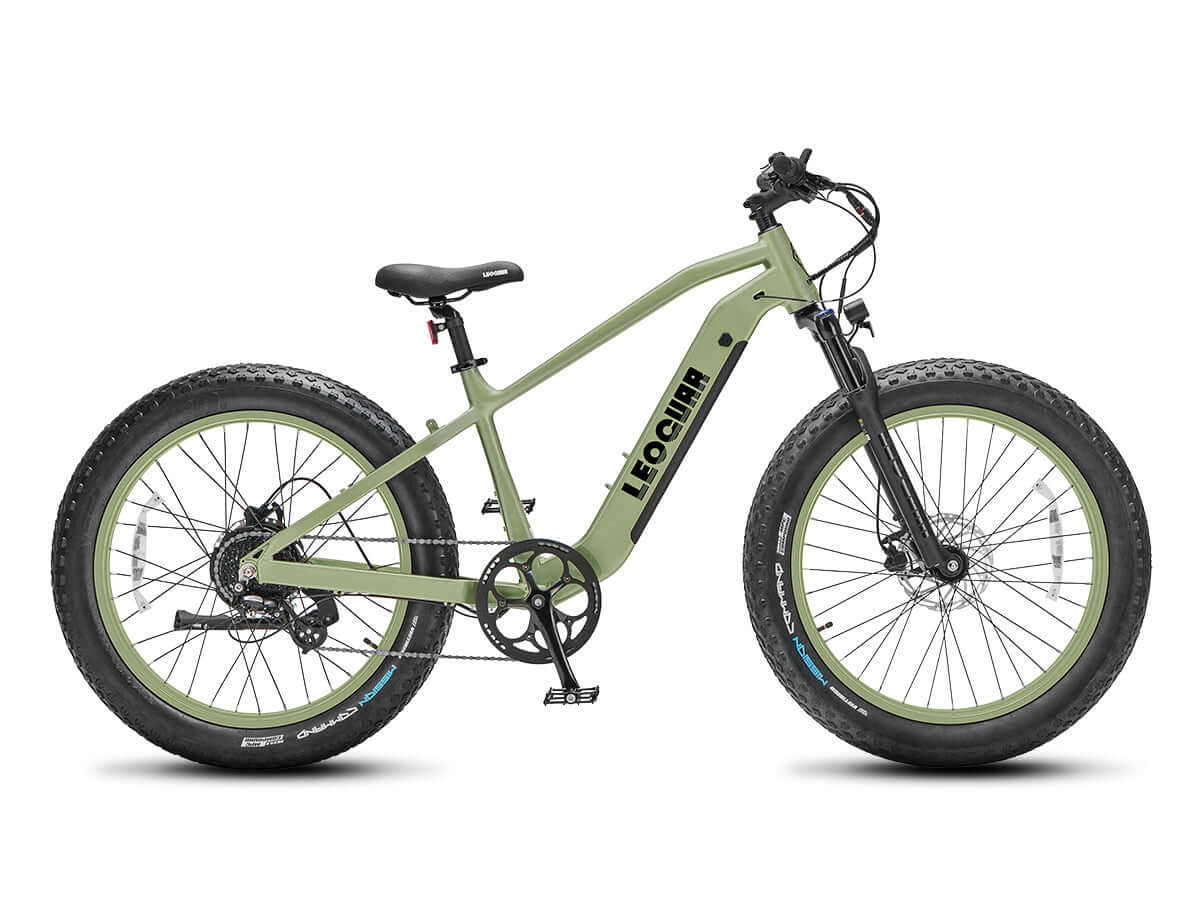








Leave a comment